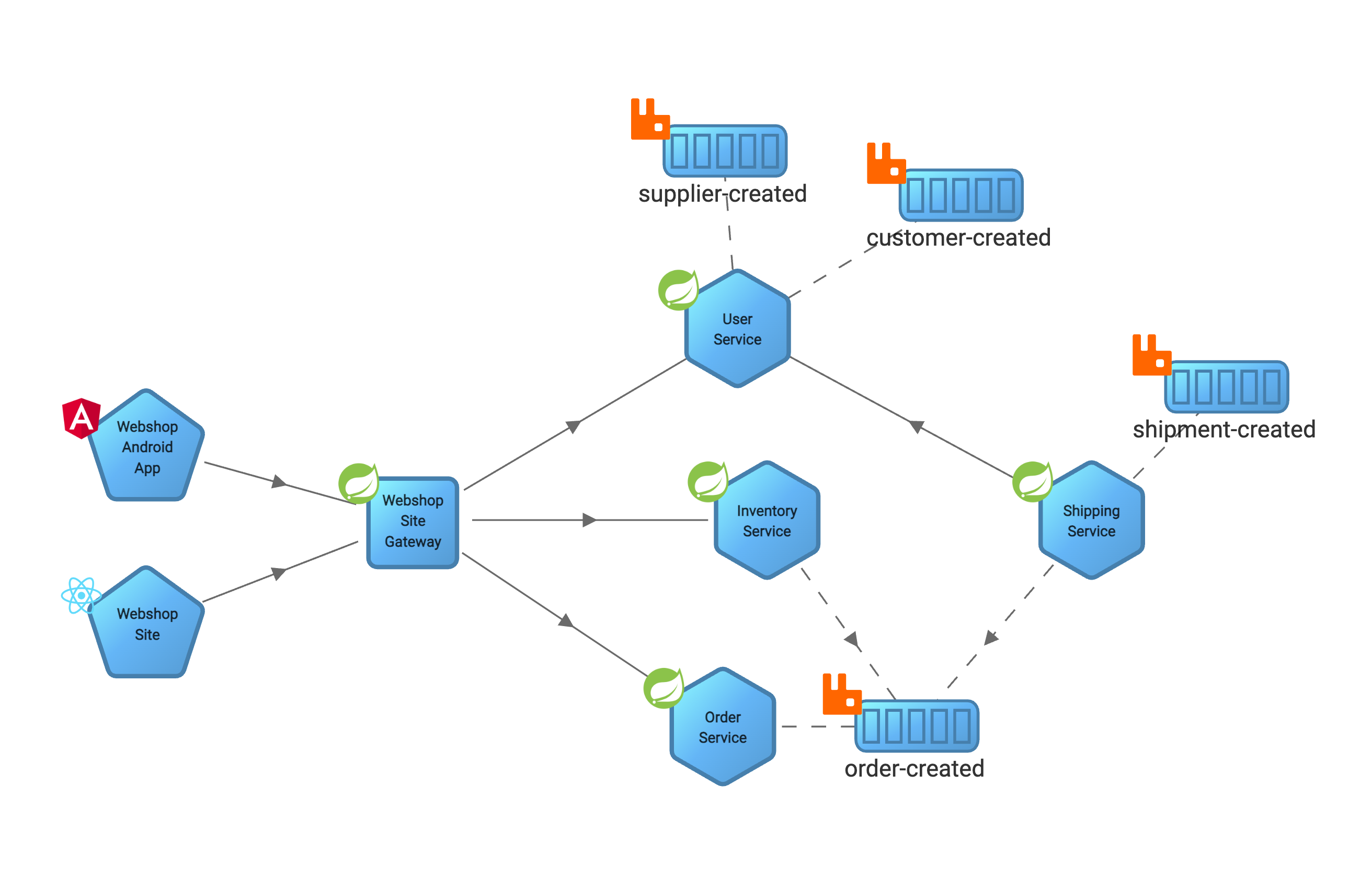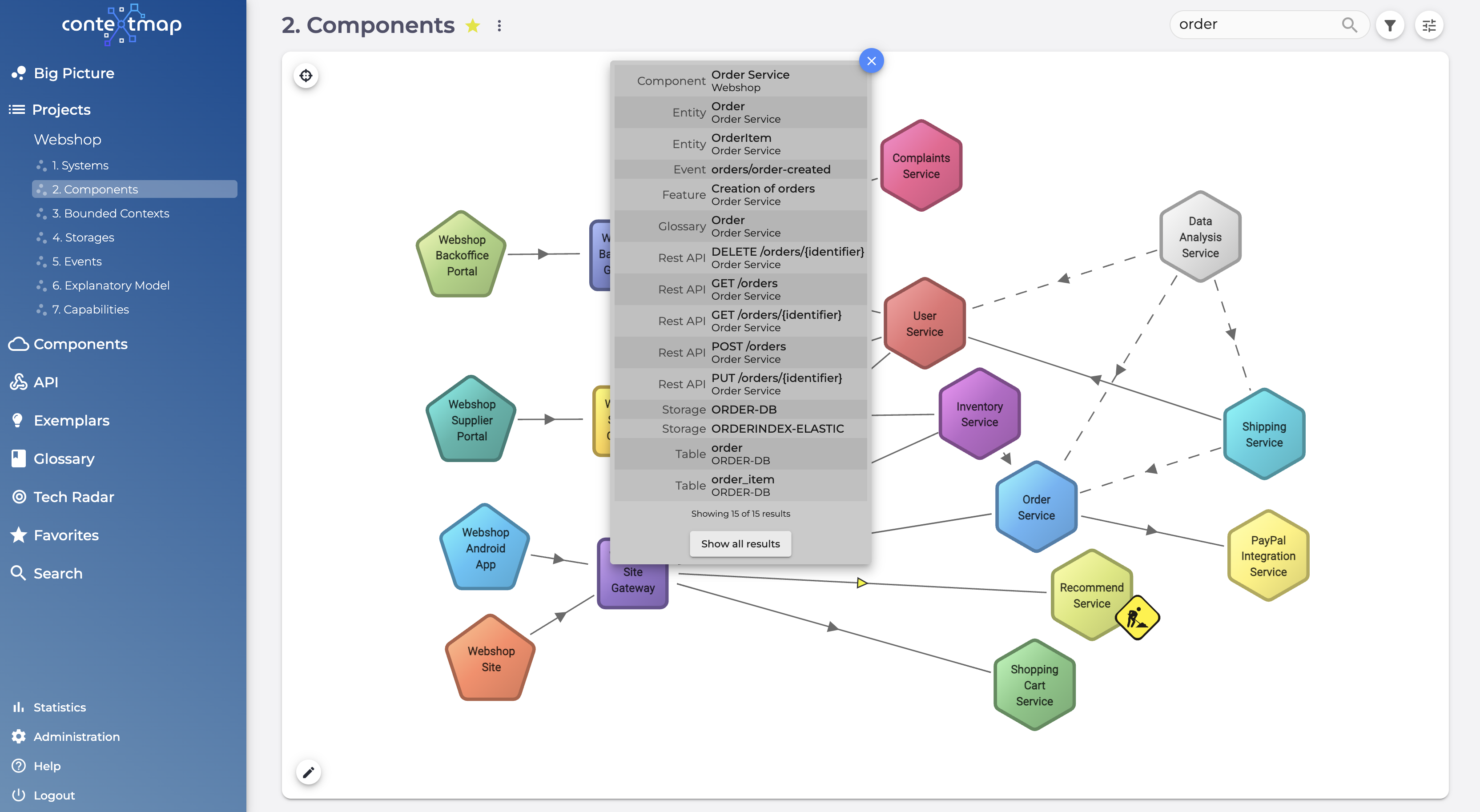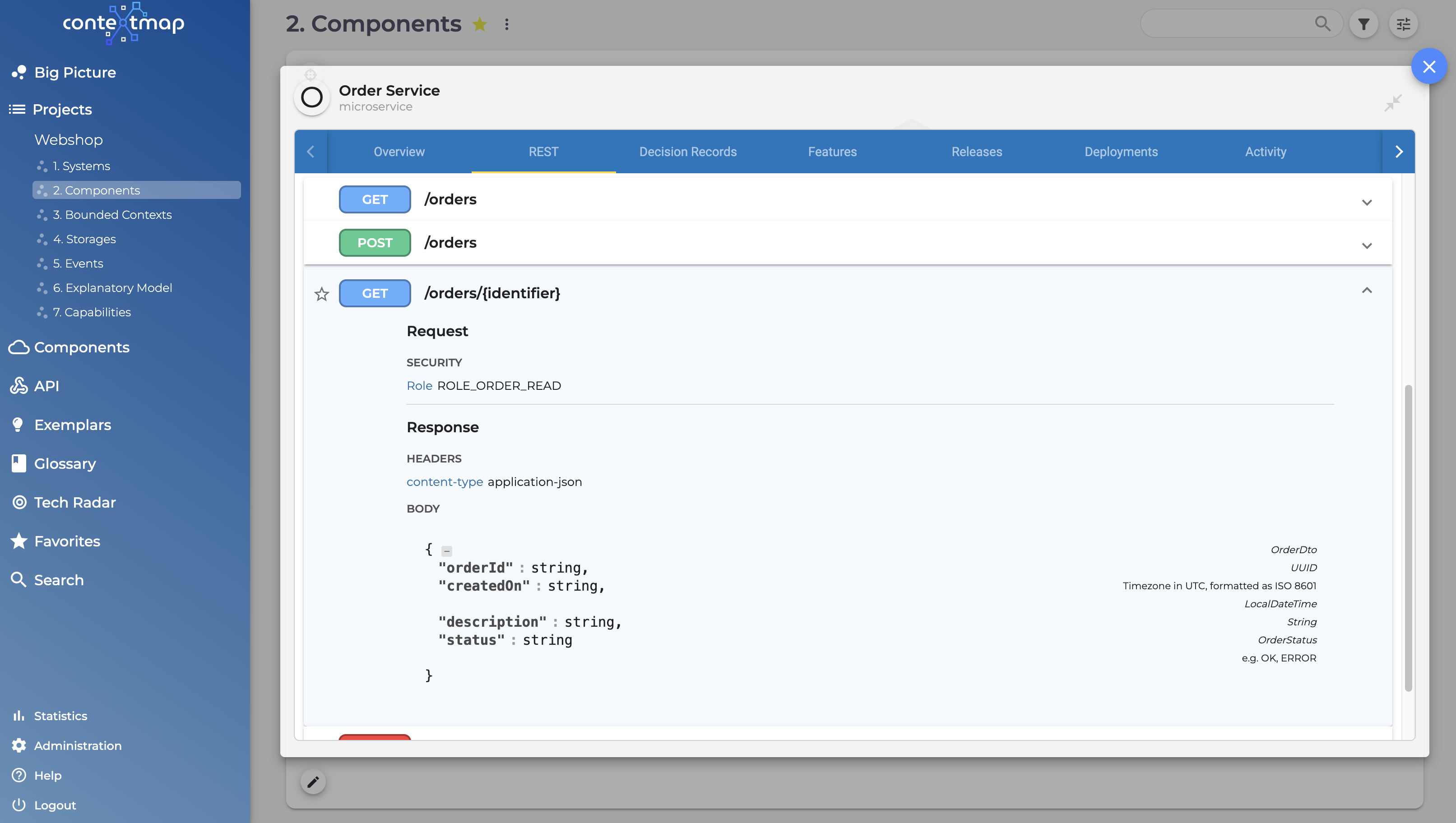A tool specific for internal technical documentation
A growing use of cloud-native architectures based on microservices and microfrontends, results in the
need for a specific tool to allow more and better ways for knowledge sharing.
Especially since there is a rise in distributed teams and working from home.



